Duolingo Duocon 2025
Convictions are stronger than ever
It is pretty known by now that I am bullish on Duolingo, and you can find my detailed argumentation on why here.
The company had yesterday its yearly conference where they talked about their new features and plans for the next years and to be honest, it was disappointing in terms of news, without any innovations nor comments on AI which are things the market expected. But management focused on its mission, the coming upgrades and some feedback on how they do things.
I enjoyed the event, even if my shares went down more than 10% since. I got to buy more, because what I saw was a management with a clear mission and steps on how to achieve it, with great feedback and economics.
Education is everything. A lot of people talk about education as something that brings equality to different social classes, but I always saw it as the opposite, as something that brings inequality. Because what happens in practice is that people who have a lot of money can buy themselves really good educations. Whereas people who don't have very much money, especially in poor countries, barely learn how to read and write, and therefore, never make a lot of money. Now, what we wanted to do at Duolingo when we started it was to give access to education to everyone, regardless of whether they had money.
Let’s review the important information of this event.
Duolingo Usage & Bear Cases.
I want to start with some of the shared bear cases on social media and compare them with some data shared today by Luis von Ahn.
Duolingo’s CEO shared that north of 130M users were learning with Duolingo, 90% of them for free, and more than 10M users now have a 365 days or higher streak which means they used Duolingo at least once a day for a year or more.
This means 7.8% of MAUs, 20.9% of DAUs and almost 100% of premium users, based on last quarter’s data. This is pretty massive…
One of the bear theses is a large churn, which doesn’t seem to be a real concern when you know this. Duolingo is a massively sticky service meant to teach languages, which is another bear case as many don’t think it does… They’re wrong.
Our research team has run dozens of studies that prove that people actually learn on Duolingo. Let me tell you about one study that we did that we repeated across different years. This study we run-in 2020, 2023, and 2024. And here's what we did. We took people who didn't know any of the language that they were learning. They learned on Duolingo and only used Duolingo. And when they got to a certain point in the course, this is the point where you have Duolingo score 60. At that point, we tested them to see how well they listened and they read. And then these are the results. As you can see, over time, Duolingo's actually getting better. The people that we tested the in 2023 did better than the people that we tested in 2020. And the people that we tested in 2024 did better than the people that we tested in 2023. So Duolingo's getting better over time at teaching. Also, starting in 2023, the people who reach score level 60 actually have a CEFR level of a two. Meaning, they really are learning what we expect them to learn and we're very proud of this.
Duolingo’s objective isn’t to make you fluent, but to give you the basics to have a life in the language of your choice, to build yourself opportunities. In that aspect, it does work, but no one will be fluent by using an app.
Third point - for our native English speaker friends, the argument that languages are useless. Put yourself in a non-native English speaker's shoes and try to imagine your life without speaking English. I can assure you that your opportunity range would get narrower.
This is the map of the most learned language per country by Duolingo’s users.
And that is because English can truly transform lives. In most countries in the world, knowledge of English can significantly increase your income potential.
Which is why the world learns English. And who knows, maybe a new language will soon be required to expand your opportunities.
Duolingo Score.
This isn’t a new feature but an upgrade to have an official indication on users’ level on Duolingo. Scores go up to 160, from beginner to capable, not fluent - as this isn’t Duolingo’s objective once again. Management considers you capable of living and working in a language from 130, which is only accessible for 3 languages in the app today, with 6 more to come in the next months, thanks to their usage of AI to generate more advanced classes.
Now, our courses to teach English, Spanish, and French can get you to Duolingo score 130, meaning if you finish the entire course, you could actually be in a position where you could get a job in that language. We're very proud of that. Our courses to learn German, Italian, Japanese, Korean, Chinese, and Portuguese currently get you to score 60. But in the next few months, we're gonna be able to get you to score a 130. So we're very proud of that.
For some color, management expects 550h of practice on the app to reach a score of 130. Learning a language is long, that’s why Duolingo works hard to make it engaging and fun, which is a part of the bull case and why the app is and will remain better than competition - engagement.
This is why we work so hard to keep you motivated. This is why we have features like the leaderboards that get you to do more lessons every day. Or this is why we have features like the Friend Streak that get your friends to encourage you to continue doing lessons on Duolingo.
Duolingo’s score is not only for their users’ bubble, it is already considered an official score in some universities and other professional spheres with their English test.
And this certificate, you can actually use for all kinds of things. For example, if you're applying to a university here in The United States as a foreign student, 99 of the top 100 universities according to US News and World Report accept the results of the Duolingo English test as proof of English proficiency. In fact, over 6,000 academic programs across the world accept the results of the Duolingo English Test.
And will be usable professionally all around the world thanks to their partnership with LinkedIn, where your Duolingo score can now be displayed on your profile.
This is one more step towards making Duolingo official, not just a gamified app but a certified learning app for languages today, for everything tomorrow. A day will come where engineers will certify their development knowledge on Duolingo’s score and share it on LinkedIn, to be seen by recruiters.
This means your language skills are now verified, up to date, and understood by employers and recruiters all over the world.
This might look like a small update, but it isn’t. It is how Duolingo become relevant profesionally.
Call With Lily.
We did not have much news on this feature except what management wishes to accomplish: a personalized and engaging conversation tool.
If the conversations are too hard, Lily will make them easier. If they're flowing, Lily will keep them going. In between sessions, she'll remember things about you and follow-up on the topics that you care the most about. Whether she's encouraging you to keep going or just utterly bored with what you have to say, Lily should feel alive.
AB Tests.
Management shared more on how they make their choices to improve the app, with the best method possible: direct testing on users and moving forward based on large data sets. This is not new but is worth sharing again.
There are no better ways to improve your service. This method did and will continue to set Duolingo apart as the app will improve faster than competition and based on its users’ majority preference.
Those tests are run for everything, from notifications to exercises passing by their content and more…
I’ll quote the entire section about their methods.
The Duolingo app that you can see on your phone right now is slightly different from the ones that your friends or family may be using. And these variations are no accident. They're controlled experiments or AB test that keep the app getting better and better over time.
With AB testing, we split learners into two large random groups, and each group gets a slightly different version of the Duolingo app. Then we observe how each group reacts to each change before deciding whether we should launch it to all learners. Take our radio lessons for example. These are bite sized listening lessons sprinkled on your path. In our AB test, we split learners into two large groups, and one group got access to these lessons in their path, and the other group got just the regular Duolingo path but without the radio lessons.
We ran this experiment for a few weeks, and we looked at some metrics. Whenever we run an AB test, there's a few metrics that we look at, such as how many minutes are people spending on Duolingo learning, or how many answers are they getting correct, and how likely are they to return to the app the next day to extend their streak? Even a tiny small increase in some of these metrics can translate to millions of minutes spent learning on the app each day. And in the case of radio, we saw that people who had access to it were way more likely to extend their streak and also improve their listening skills. And so we were confident in our decision to launch radio to all of our learners.
Management then goes towards the most valuable solution, the one which results in both more usage & learning, as the company’s mission remains to teach, not to imprison users within their gamified methods.
A user which doesn’t learn will not become a client.
Behind every notification, every lesson, and every sparkly streak is an a b test asking a simple question. How do humans learn best? AB testing lets us answer this question with data instead of intuition.
Constant testing. Constant amelioration.
Duolingo Chess.
Some data on Chess which was launched 4 months ago and has more than 1M users, a pretty rapid onboarding, with once again clear methods, in how the courses were built - their content & how they are shared with users, in order to maximize learning.
Once again, long quote.
Number one, lessons. Based on puzzles, our lessons help learners sharpen their strategic thinking through bite sized challenges. And just like in the language courses, we break concepts down into small pieces so that learning feels simple, approachable, and fun.
Number two, mini matches. To get your adrenaline going, you'll encounter mini matches where you have to capture as many pieces as you can in ninety seconds. This is where we take some of the anxiety out of the process. This is your playground. You don't have to worry about checkmate. You just need to capture and have fun. Mini matches will allow you to focus on your muscle memory and gain confidence seeing yourself in action.
Number three, our capstone experience is, of course, a match against Oscar. Just like in language, it is not enough to learn words and phrases. You need to put them into practice. So after going through a chess unit, you should put your newly acquired tactics to the ultimate test and play a match against Oscar. He will not just play in silence. He will comment on your moves, gloat if he captures, and pretend it was all part of the plan when he loses a piece, just like my opponent did. An Oscar will evolve with you, win or lose, and get progressively harder the further you advance.
Conclusion.
Duolingo has a clear mission. Clear methods, applicable to many different subjects. A clear objective; to become an official educative app with many subjects to teach, and clear step-by-step steps to reach this goal.
And it is executing perfectly.
Sure, the conference didn’t address the market’s concern about AI and the disruption so many warn us about. It didn’t because it doesn’t have to: management knows this won’t happen because they’re creating the AI app that the market believes will disrupt them. It did not address those new free services from Google or Apple, not because they don’t know how to address them but because they are irrelevant. And they didn’t address the share prices… But why would they?
Duolingo is executing, with a clear strategy, and all the steps taken go towards the right direction. This conference showed me what I, as an investor with convictions, wanted to see.
A laser-focused team with a clear objective in mind and crystal clear steps to reach it.



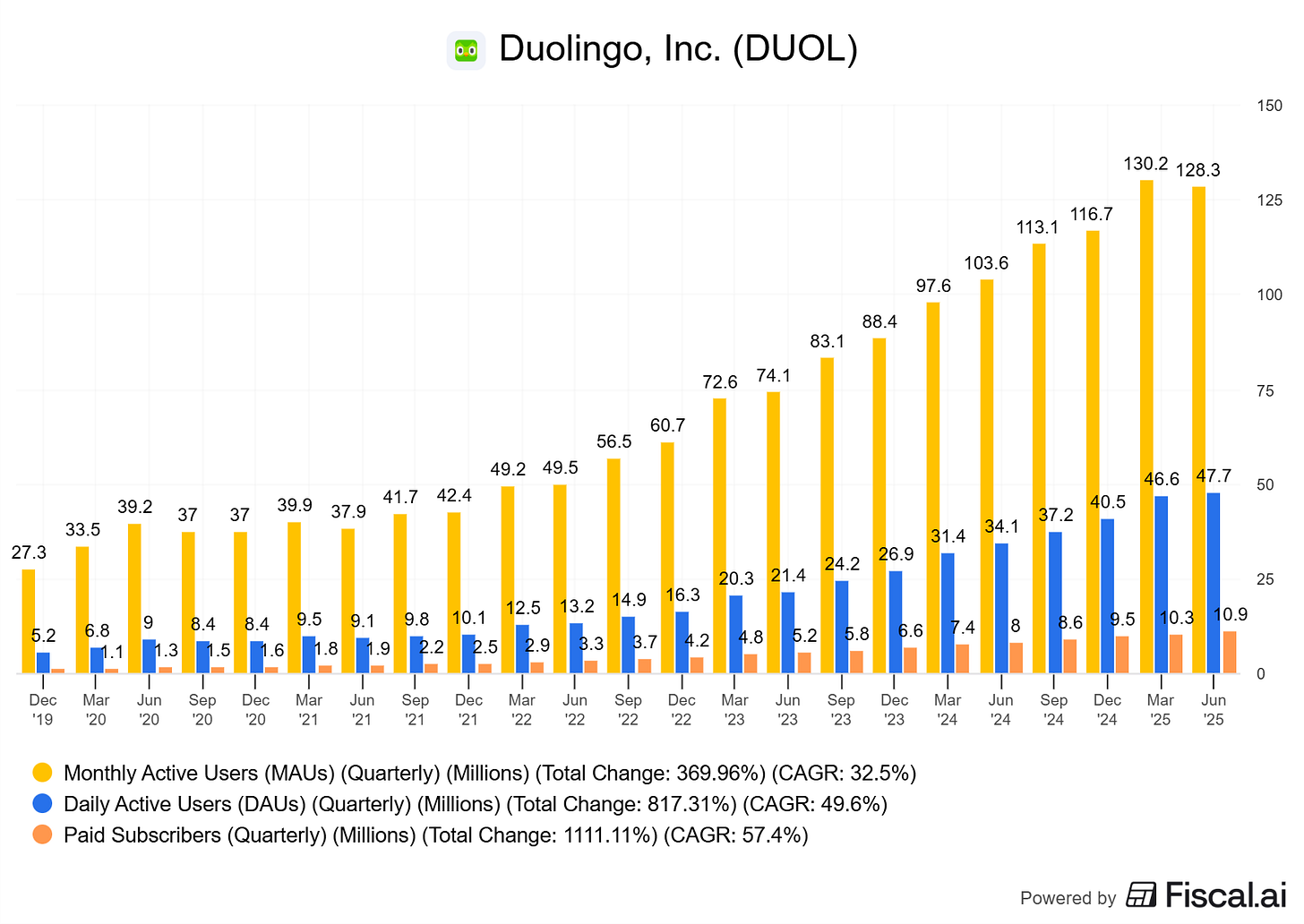
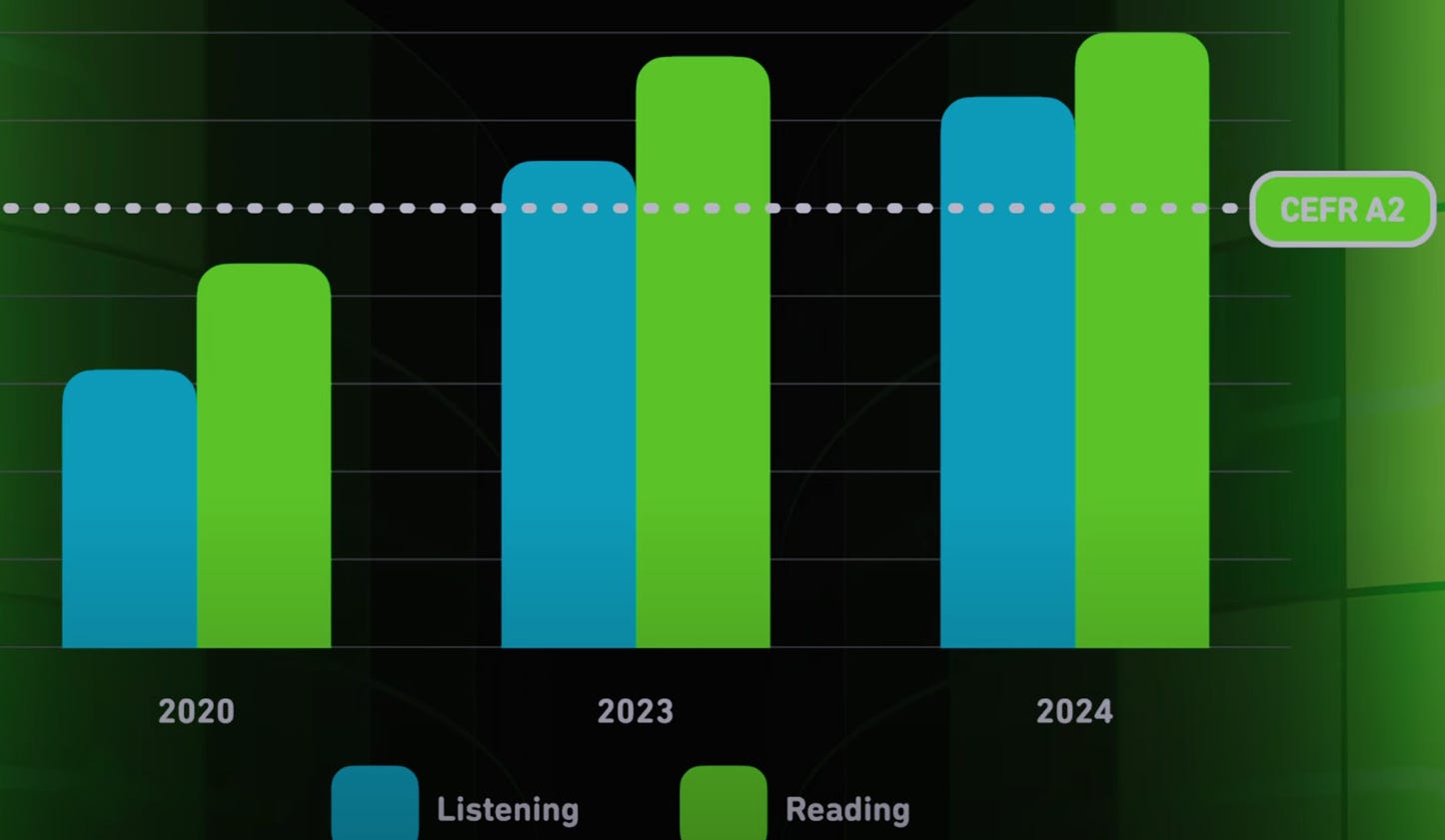
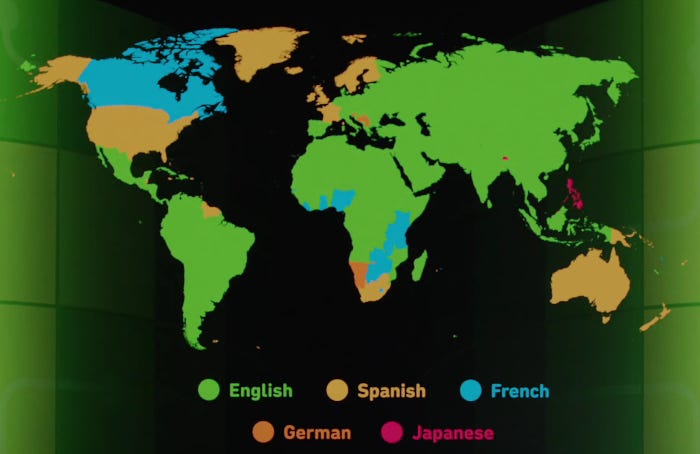
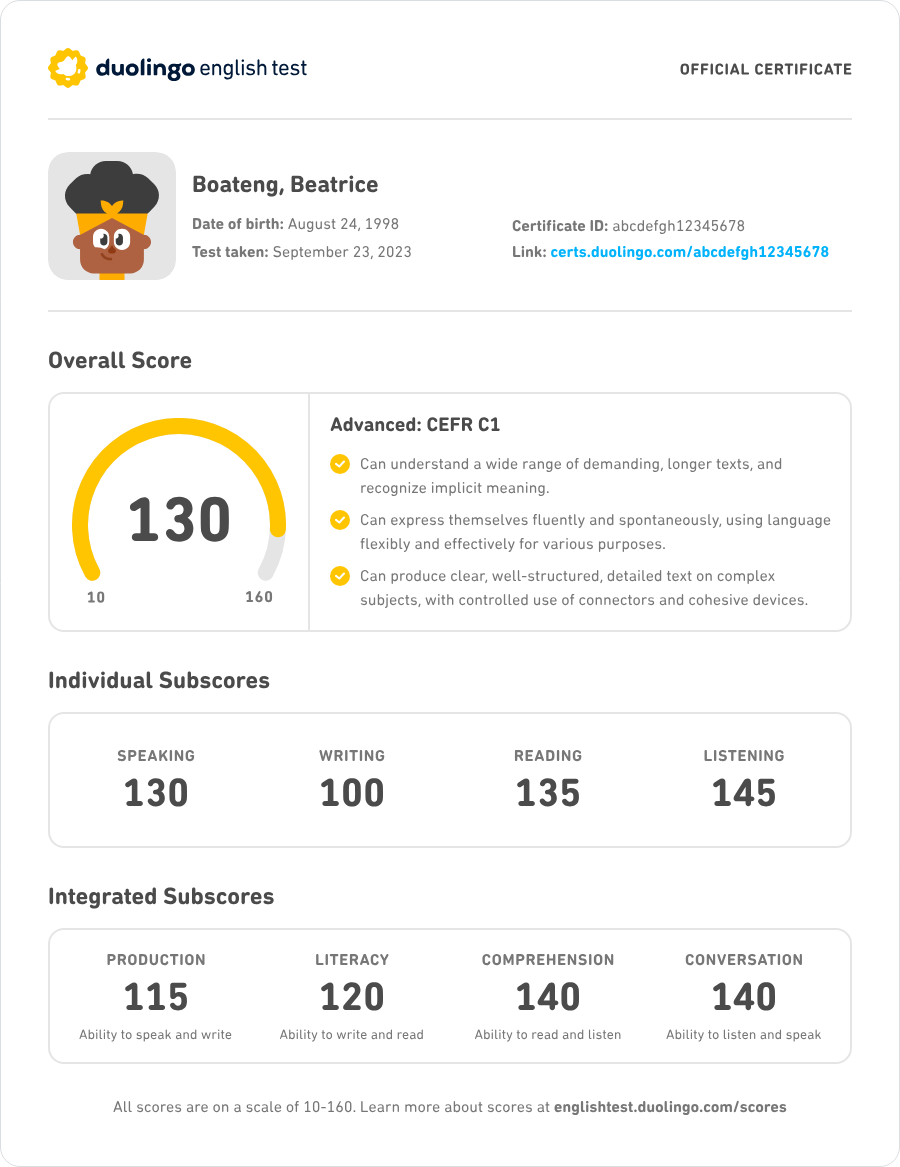
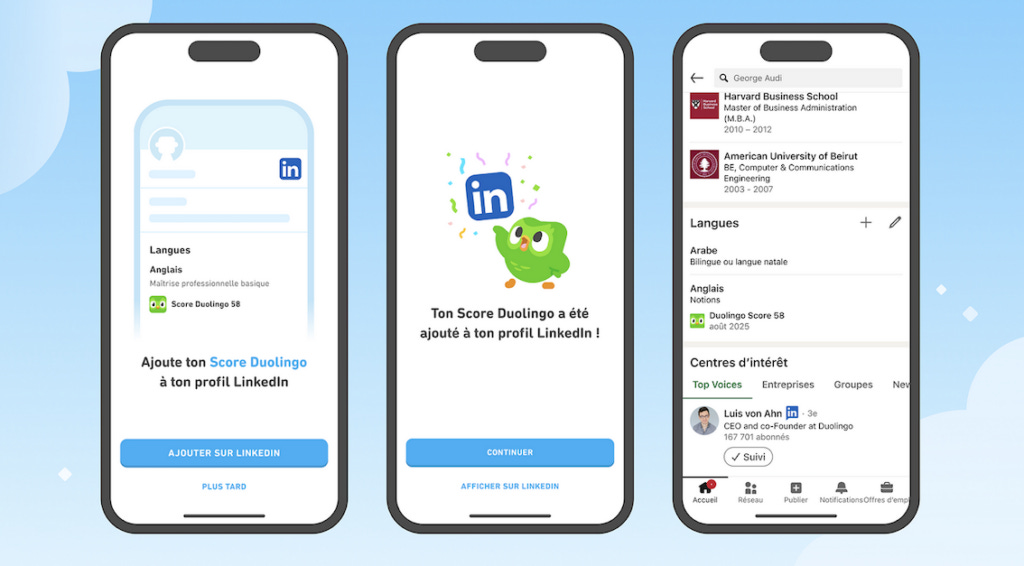

It's a great write up. Thanks for sharing with us. I am a Duolingo holder for a while. Obviously bought at $350 levels. I'm still holding, but you have the courage to add more but I don't have the courage to add more.
I haven't used Duolingo, but for my child, I use the chess course from Duolingo, and she's in year 4. She used it for a few days, maybe 3-4 weeks. What she found is that the learning level or the level of learning is very basic, and we didn't renew or we didn't pay for the subscription after few weeks because what we found is that it is too basic to actually learn.
But I think you have captured that comment for languages as well where it is just 160 level vs 60 level. Again, thank you for sharing this note.